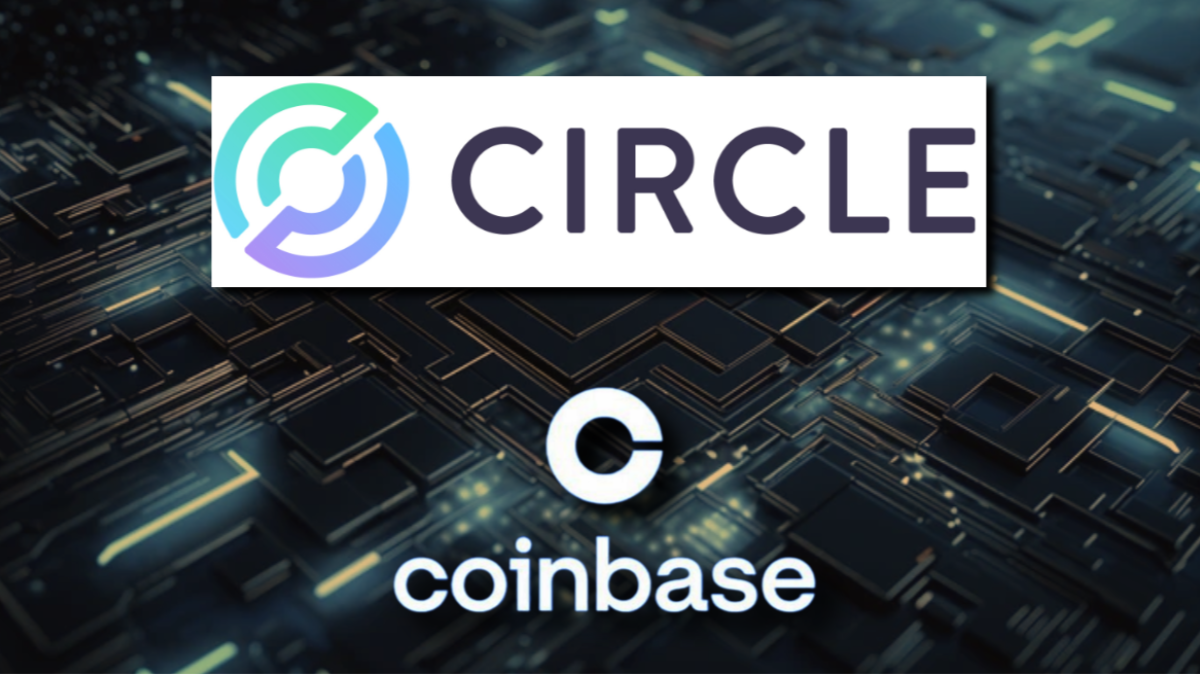Circle’s Acquisition of Centre Consortium: A New Era for USDC Stablecoin
In a move that could significantly impact the stablecoin market, Circle, a leading fintech company, announced in its IPO filing that it had purchased the remaining 50% equity stake in Centre Consortium from Coinbase for $210 million worth of shares. This acquisition marks the end of the joint venture entity, Centre, and positions Circle as the sole issuer of the USDC stablecoin.
Background of the Centre Consortium
Centre Consortium was formed in 2018 as a joint venture between Circle and Coinbase to build and promote the USDC stablecoin. USDC is an alternative to other popular stablecoins like Tether (USDT) and Binance USD (BUSD), which are pegged to the US dollar. The consortium aimed to provide transparency and regulatory compliance to the stablecoin market, which has been plagued by concerns around the decentralization and regulatory status of stablecoins.
The Implications of the Acquisition
Circle’s acquisition of Centre Consortium has several implications for the stablecoin market and its users:
- Centralization of USDC: With Circle as the sole issuer of USDC, the stablecoin becomes more centralized, as the control and issuance of the stablecoin are now in the hands of a single entity.
- Regulatory Compliance: Circle’s acquisition could lead to increased regulatory scrutiny of USDC, as Circle is a regulated financial institution and is subject to various regulatory requirements. This could provide more trust and confidence in the stablecoin for institutional investors and regulators.
- Impact on Coinbase: Coinbase’s exit from the Centre Consortium could have a ripple effect on the exchange’s stablecoin business. Coinbase-issued USDC will continue to be redeemable for Circle-issued USDC, but Coinbase may need to find alternative stablecoin solutions to maintain its market position.
Effect on Individual Users
For individual users, the acquisition of Centre Consortium by Circle is unlikely to have a direct impact on their usage of USDC. The stablecoin will continue to function as before, and users can still use it for various transactions, such as trading, payments, and lending. However, increased regulatory compliance could lead to more stringent know-your-customer (KYC) and anti-money laundering (AML) checks, which could make it more difficult for some users to access USDC.
Effect on the World
The acquisition of Centre Consortium by Circle could have far-reaching implications for the stablecoin market and the broader financial industry:
- Regulatory Clarity: The acquisition could lead to increased regulatory clarity around stablecoins, as Circle is a regulated financial institution and is subject to various regulatory requirements. This could pave the way for more institutional adoption of stablecoins and could help to alleviate concerns around the decentralization and regulatory status of stablecoins.
- Competition in the Stablecoin Market: Circle’s acquisition of Centre Consortium could intensify competition in the stablecoin market, as Circle now has a significant advantage over its competitors in terms of regulatory compliance and market reach.
- Impact on Decentralized Finance (DeFi): The acquisition could have an impact on decentralized finance (DeFi) projects that use USDC as their base asset. These projects may need to adapt to the new regulatory landscape and could face increased competition from centralized stablecoin issuers.
Conclusion
Circle’s acquisition of Centre Consortium marks a new era for the USDC stablecoin and could have significant implications for the stablecoin market and the broader financial industry. While the acquisition could lead to increased regulatory clarity and compliance, it could also result in increased centralization and competition. As the stablecoin market continues to evolve, it will be interesting to see how Circle and its competitors navigate the regulatory landscape and compete for market share.
For individual users, the acquisition is unlikely to have a direct impact on their usage of USDC. However, increased regulatory compliance could lead to more stringent KYC and AML checks, making it more difficult for some users to access USDC. Overall, the acquisition highlights the importance of regulatory compliance and the need for clear regulatory frameworks for stablecoins and the broader digital asset market.





